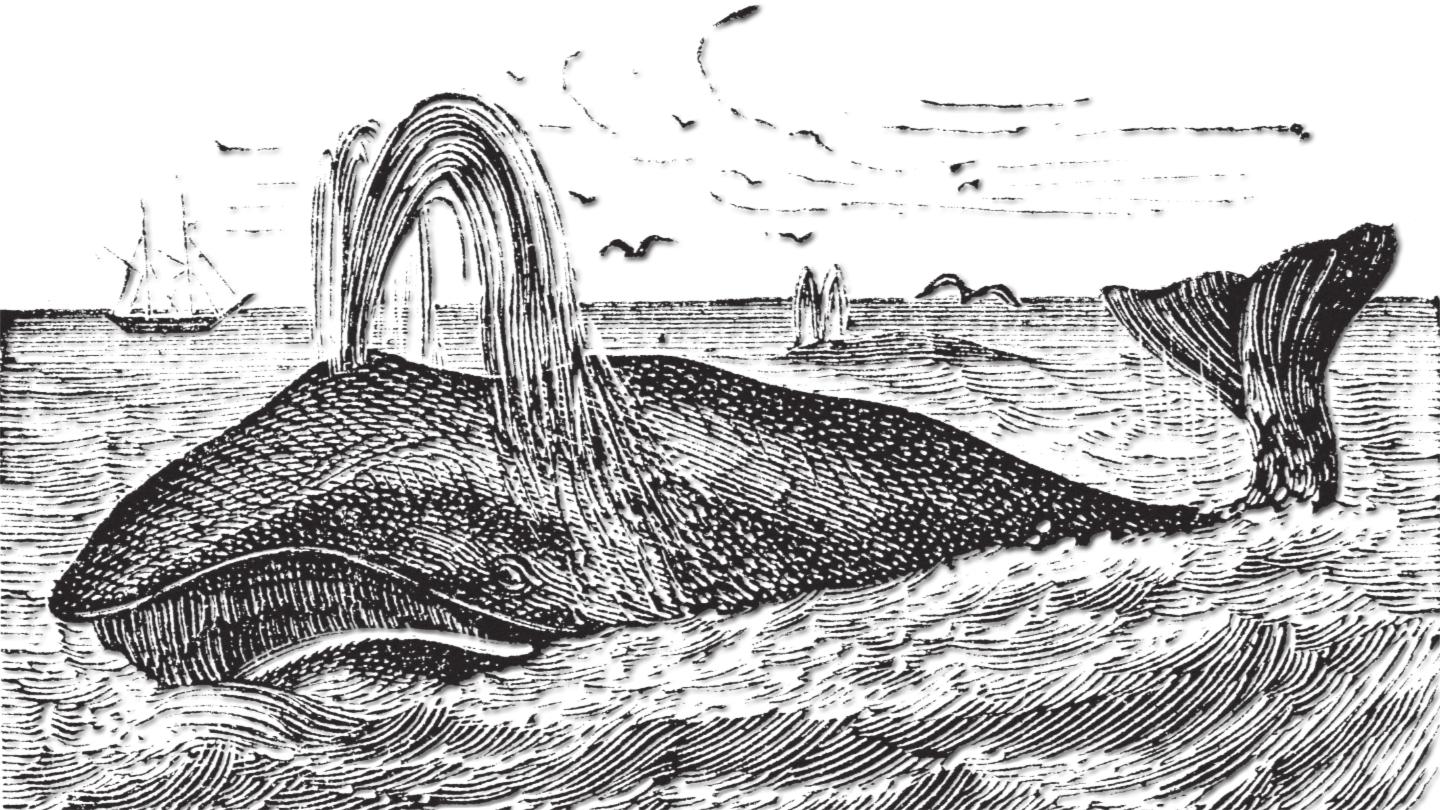How Growing Up Bilingual Affects Cognitive Development

Developmental psychologists have long been interested in the effects of growing up in a bilingual family. Bilingual kids may have harder time performing at the level of their peers initially, especially if they have limited proficiency in the language of schooling. However, in the long-run, bilingualism may have a positive effect on some cognitive abilities.
One of these benefits is better development of executive functioning (EF). Executive functioning is a set of higher-order cognitive skills thathelp people manage themselves, specifically their thoughts and behaviors. These skills include, for example, inhibitory control, attention shifting and working memory. Bilingual experience has been associated with better development of EF skills and better development of EF skills has been associated with better academic outcomes.
A new study, published in the journal Developmental Science has shown that this positive effect of bilingualism may be particularly beneficial for kids who grow up in low-income households, an environment that usually has negative effects on EF performance.
The research focused particularly on inhibitory control (IC) – the ability to control natural or habitual reactions to stimuli in order to select a more appropriate response. Children with good inhibitory control are better able to pay attention and follow instructions.
The researchers collected data from 1,146 Head Start children (who are in transition from preschool to kindergarten), all from low-income families. They put them in three different groups – English monolingual, bilingual children from Spanish-speaking homes, and children who spoke only Spanish at the start of the study but became bilingual in the end.
The way inhibitory control was tested was via a pencil-tapping task. The task required the kid to tap with a pencil once for each time an examiner tapped twice and vice versa. To be successful in this task the child has to inhibit the response to imitate the examiner while also keeping the rules of the task in mind. The test was administered at the beginning of the study and then at 6 and 18 months.
The results of the study showed that bilingual children had higher inhibitory control at baseline, as well as steeper growth over time, compared to their English monolingual peers. Children who could only speak Spanish at the beginning had the lowest IC performance, but their rate of IC growth exceeded that of children who remained English monolingual and did not differ from that of their peers who started the study being bilingual.
Researchers hypothesize that the way bilingualism helps increase inhibitory control development is due to the cognitive demands of managing two languages. They explain that“during bilingual language production and processing, both language systems get activated, giving rise to cognitive conflict that has to be resolved by inhibiting the representation of the non-target language in order to favor the target language.”
Atika Khurana, the study’s co-author and a professor in the Department of Counselling Psychology and Human Services and scientist at the UO’s Prevention Science Institute, said for The Independent:
“Inhibitory control and executive function are important skills for academic success and positive health outcomes and well-being later in life. The development of inhibitory control occurs rapidly during the preschool years. This study shows one way in which environmental influences can impact the development of inhibitory control during younger years.”





